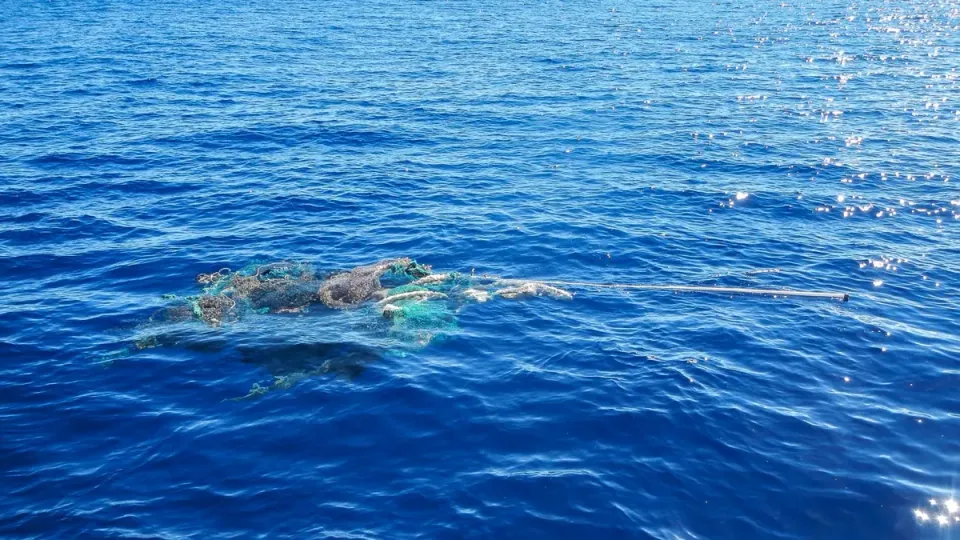Weekly Science News Recap
This weeks science news recap involves engineering, geology, and NASA stories from Jan 13, 2023 - Jan 20, 2023.
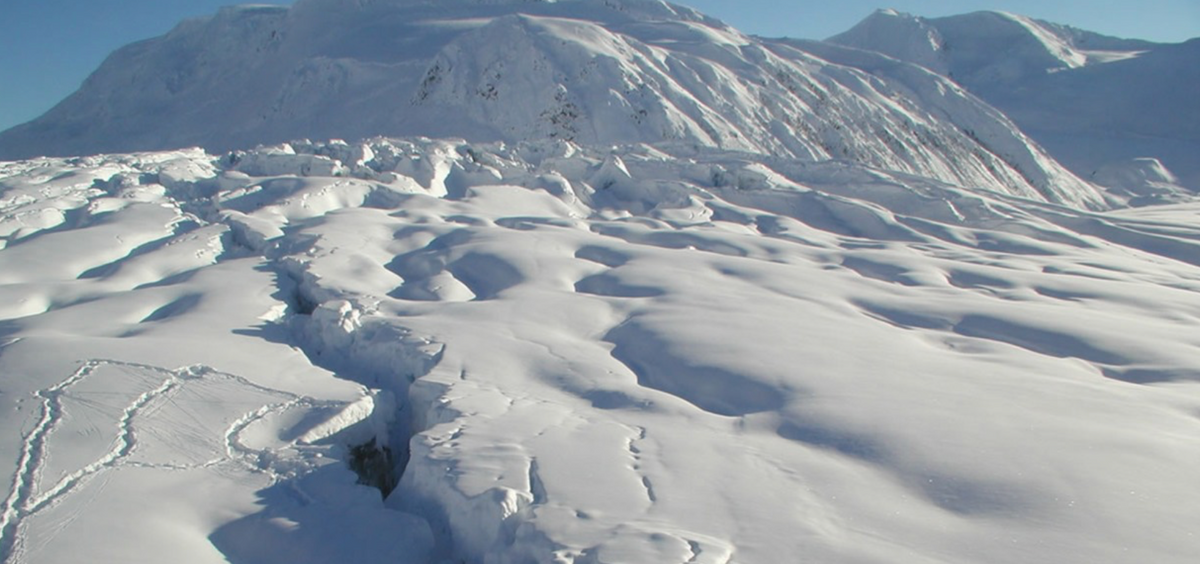
On Tuesday:
Researchers with MIT and Harvard claimed to have discovered the secret to Rome's long lasting concrete and it may be simpler than we think. The team believed Roman's used quicklime in their concrete solutions, compared to the slaked lime used today. Quicklime is lime in its pure state and was found in distinctive chunks of white calcium carbonate in Roman concrete.
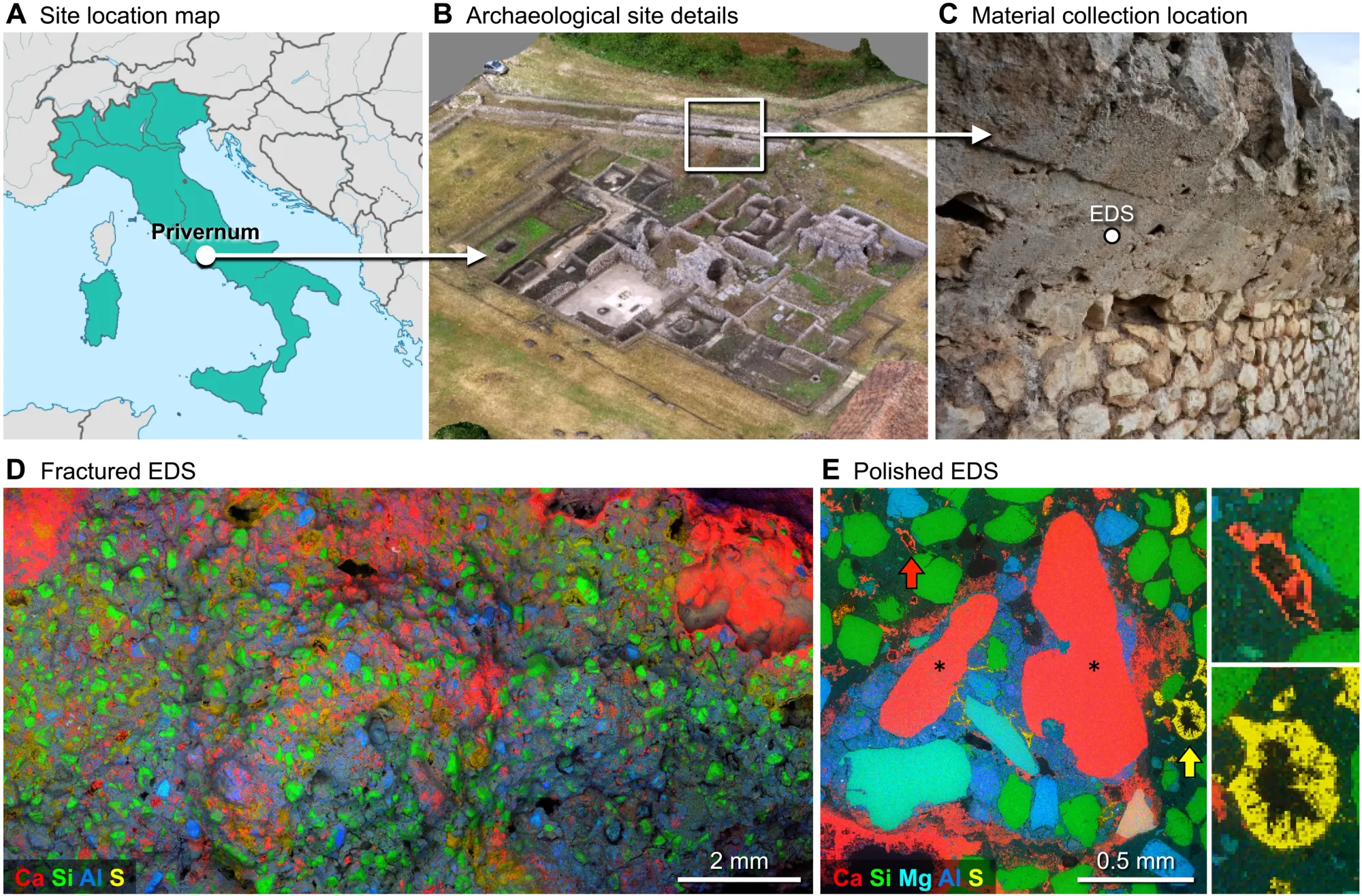
Originally thought to have been from poor mixing, the team examined the shape and crystine structure of the mixture. The team concluded that the deposits had been formed at extreme temperatures with a process known as hot mixing. It would be created by preparing the concrete with quickline, or calcium oxide, and in the process of 'hot mixing', heat would be released.
According to Massachusetts Institute of Technology (MIT) professor of civil and environmental engineering Admir Masic and his team, hot mixing creates a brittle nano-particulate form in the concrete. Once cracks form in the concrete, they fracture the clasts and when water reaches the particles, it creates a calcium-saturated solution that crystallizes in the cracks and "heals" them. The increased temperature from the hot mixing also reduces curing and setting times and reactions are accelerated.
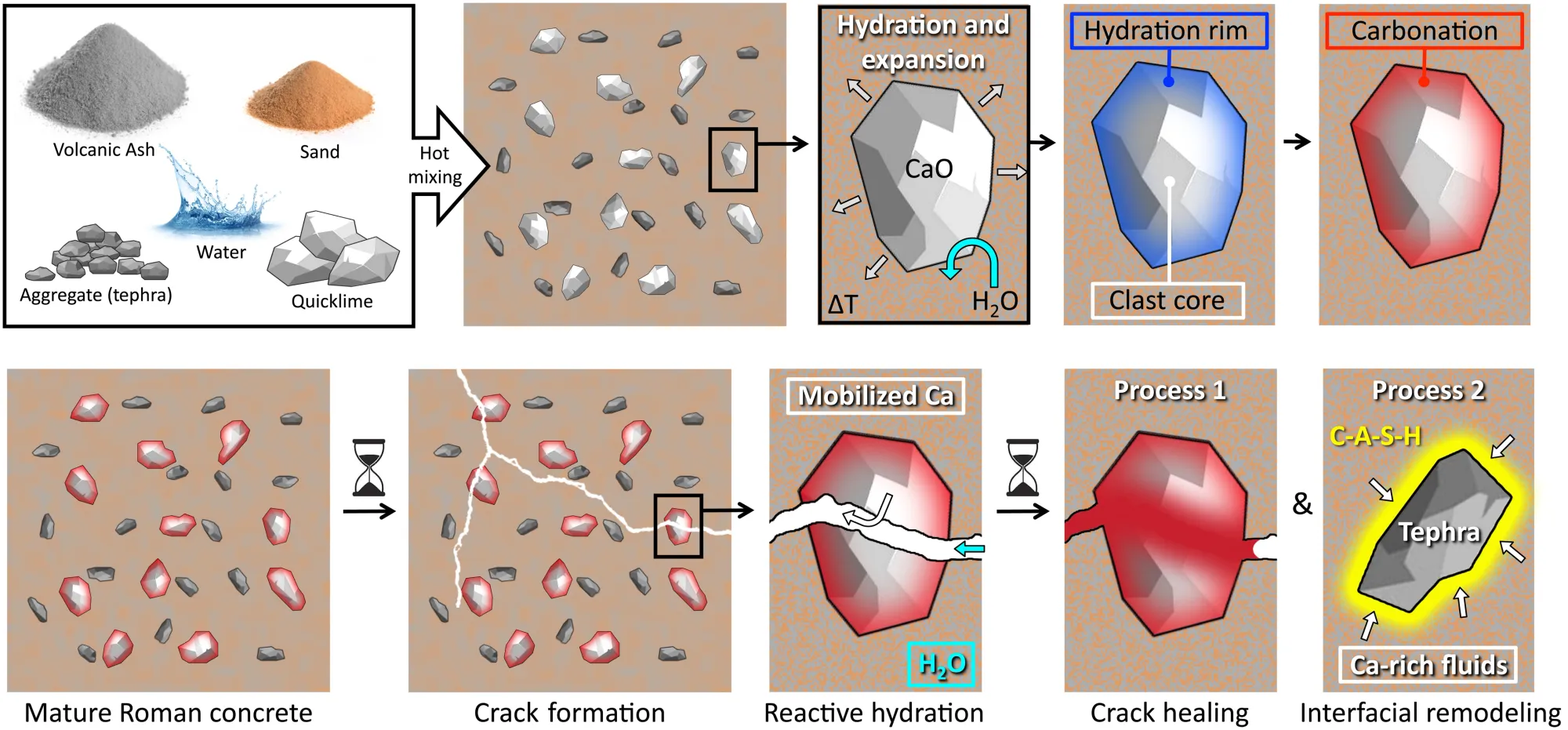
To read the full study publihed by Masic and the team, click here: https://www.science.org/doi/10.1126/sciadv.add1602#
On Wednesday:
Brown researchers may have discovered the secrets of how Denali's fault formed. The 1,200 mile long strike-slip fault arcs across Alaska and Canada and was the site of a 7.9 magnitude earthquake in 2002.
Brown University seismologists analyzed part of the fault near the surface that connects to the base of the tectonic plate and found changes in thickness and strength of the 2 plates. Researchers created a 3D model of seismic wave velocities throughout Alaska. The model displayed a difference in tectonic plate strength as far down as almost 50 miles. This feeds back into the mechanics of the Denali fault line and how it is produced. They discovered the fault forms due to an increase in strength on the northern side of the fault that goes all the way through the upper plate. By understanding how geologic forces behave, it can help future researchers make better assessments and develop better models on strike-slip earthquakes.
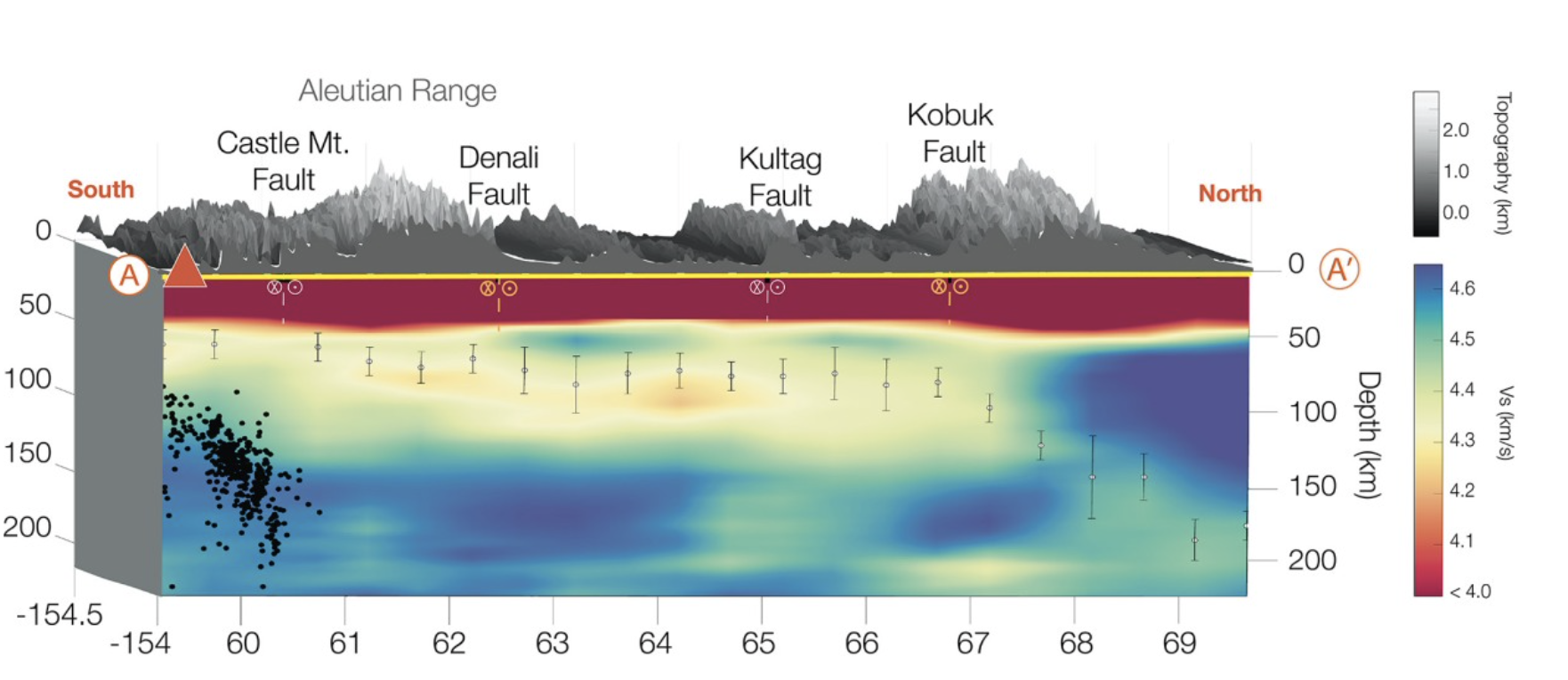
To read more about the Denali fault discovery, click here: https://www.brown.edu/news/2023-01-18/denali-fault
On Wednesday:
NASA announced the organization had issued an award to Boeing for their Sustainable Flight Demonstrator Project. Over the next seven years, NASA plans to work with Boeing to create a full scale demonstrator airline equipped with new technologies aimed at lowering emissions.
Through the Sustainable Flight Demonstrator project, NASA and Boeing will work to develop a full scale Transonic Truss-Braced Wing demonstrator aircraft. The concept involves an aircraft with extra-long thin wings stabilized by diagonal struts; which becomes more fuel efficient due to the aerodynamic structure, resulting in less fuel burning. NASA hopes to complete testing for the project in the late 2020s, so the next generation of single aisle aircraft could enter into service in the 2030s.

To learn more about NASA's Sustainable Flight Demonstrator Project with Boeing, click here: https://www.nasa.gov/press-release/nasa-issues-award-for-greener-more-fuel-efficient-airliner-of-future



